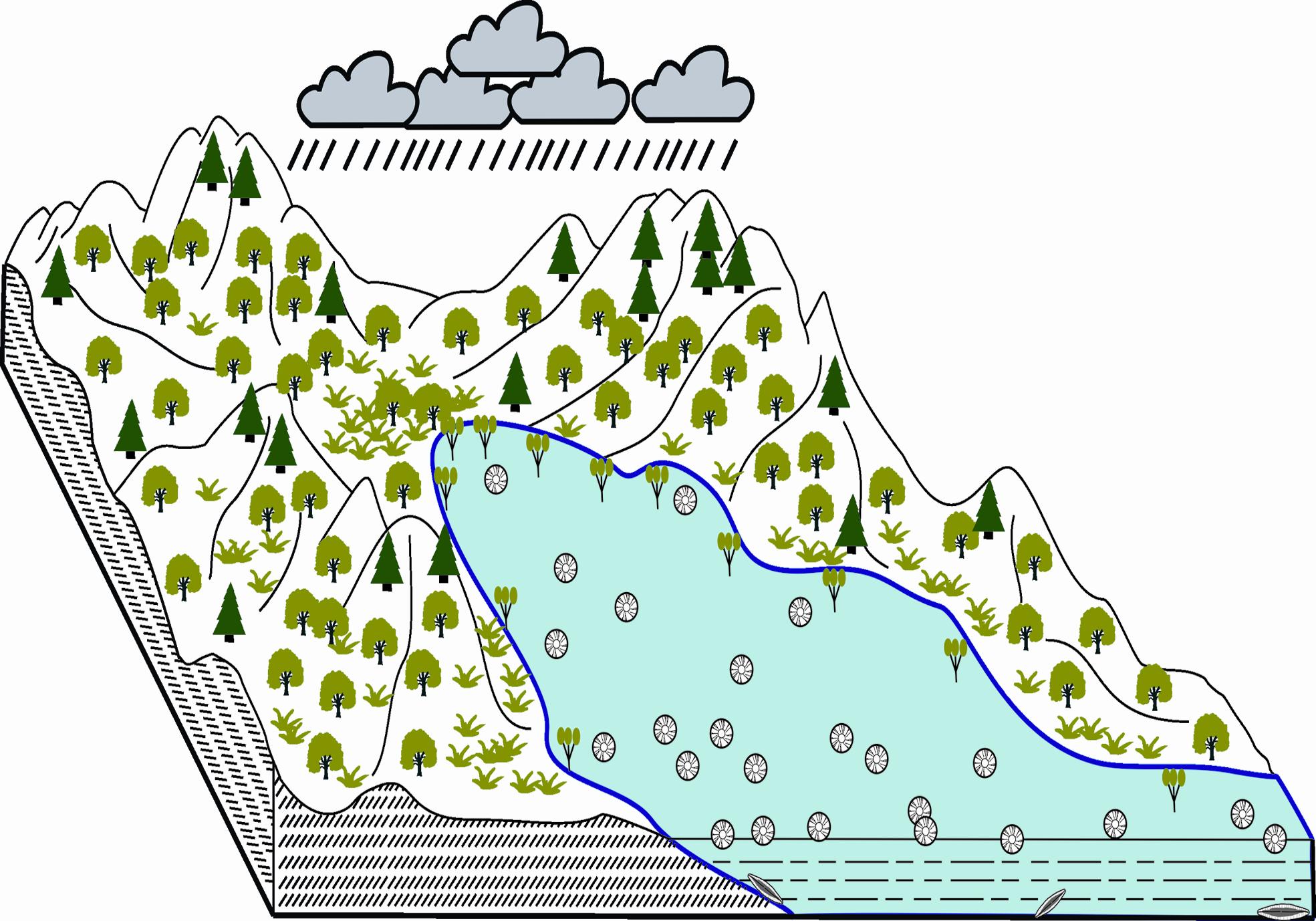

Research Highlights of the Vegetation, Climate and Atmospheric CO2 in Yushe Basin, Shanxi, North China During the Plio-Pleistocene Transition
Received date: 2015-05-18
Revised date: 2015-07-14
Online published: 2016-03-31
The Plio-Pleistocene transition is a key time interval with a remarkable climate switch from “greenhouse” to “icehouse” conditions across the Tertiary-Quaternary boundary. The plant megafossils, pollen-spores and diatom assemblages found in Plio-Pleistocene deposits of Zhangcun Lake, Yushe Basin, on the eastern edge of the Chinese Loess Plateau, provide a chance to reconstruct and interpret the vegetation, climate and environmental changes in North China. Here we briefly review the discoveries and research history of fossil plants and introduce the recent 5 years’ research highlights of the reconstruction of paleovegetation, paleoclimate, paleoatmospheric CO2 level and paleolake evolution. Those findings during the transition qualitatively and quantitatively (1) reflect a turning point towards cool and dry climate; (2) reveal a high peak of [CO2]atm with a new terrestrial-based proxy of stomatal index on leaves of Typha orientalis, thereby indicating transient interstadial phase; and (3) show a remarkable salinity shift from carbonate to sulfate in Yushe Basin based on the change in diatom assemblages, which indicates a significant aridification about 2.6 Ma on the east Loess Plateau of China.

Yunjun Bai, Xueping Wei, Feng Qin, Yameng Li, Jinfeng Li, Parminder S. Ranhotra, Yufei Wang . Research Highlights of the Vegetation, Climate and Atmospheric CO2 in Yushe Basin, Shanxi, North China During the Plio-Pleistocene Transition[J]. Chinese Bulletin of Botany, 2016 , 51(2) : 257 -264 . DOI: 10.11983/CBB15086
/
| 〈 |
|
〉 |